

具体描述
編輯推薦
適讀人群 :高等院校電氣工程、計算機科學與技術、控製科學與工程、電子信息工程、生物醫學工程等主要與Thomas L. Floyd主編的《Digital Fundamentals》配套使用,也可用於其他英文電子技術教材的學習指導。
西安交通大學重點教材
內容簡介
本書是為配閤數字電子技術雙語和全英文教學的需要而編寫的,主要與Thomas L. Floyd主編的《Digital Fundamentals》配套使用,也可用於其他英文電子技術教材的學習指導。書中各章對基本概念、主要知識點和重要內容進行瞭概括和總結,給齣瞭專業詞匯的英漢對照,並提供瞭自測題和綜閤性較強的習題供讀者練習,同時提供全部習題答案。另外,本書選錄瞭西安交通大學近年來數字電子技術雙語課程考試題,供讀者參考。本書共8章,語言以英文為主。內容包括Digital Basics,Integrated Circuit Technologies,Combinational Logic Circuits and Functions,Latches&Flip-; Flops&Timers;,Counters & Shift Registers,Memory and Storage,Programmable Logic Devices,A/D and D/A Conversions。
本書可作為高等院校電氣工程、計算機科學與技術、控製科學與工程、電子信息工程、生物醫學工程等專業本科生數字電子技術雙語和全英文課程的輔導教材,也可作為教師教學及相關技術人員的參考用書。
目錄
前言Chapter 1 Digital Basics 1
1.1 Key knowledge 1
1.1.1 Number systems, operations and codes 1
1.1.2 Logic gates 4
1.1.3 Laws and rules of Boolean algebra 5
1.1.4 Various logic descriptions 5
1.1.5 Simplifying the Boolean expressions 6
1.2 Key terms 7
1.3 Self-test questions 8
1.4 Problems and solutions 12
Chapter 2 Integrated Circuit
Technologies 21
2.1 Key knowledge 21
2.1.1 Fixed-function integrated circuit 21
2.1.2 Basic operational characteristics and
parameters 21
2.1.3 CMOS and TTL integrated gate
circuits 23
2.1.4 Open-collector gates 24
2.1.5 Tristate gates 26
2.1.6 Practical considerations 26
2.2 Key terms 27
2.3 Self-test questions 28
2.4 Problems and solutions 30
Chapter 3 Combinational Logics and
Functions 39
3.1 Key knowledge 39
3.1.1 Combinational logic analysis and
design 39
3.1.2 Adders 39
3.1.3 Comparators 40
3.1.4 Decoders 41
3.1.5 Encoders 44
3.1.6 Multiplexer 45
3.1.7 Demultiplexers 46
3.2 Key terms 47
3.3 Self-test questions 48
3.4 Problems and solutions 51
Chapter 4 Latches, Flip-Flops,
and Timers 64
4.1 Key knowledge 64
4.1.1 Latches 64
4.1.2 Edge-triggered flip-flops 68
4.1.3 Timers 73
4.2 Key terms 77
4.3 Self-test questions 78
4.4 Problems and solutions 81
Chapter 5 Counters and Shift Registers 92
5.1 Key knowledge 92
5.1.1 Asynchronous counters 92
5.1.2 Synchronous counters 94
5.1.3 Up/down synchronous counters 95
5.1.4 Cascaded counters 96
5.1.5 Shift registers 97
5.2 Key terms 99
5.3 Self-test questions 100
5.4 Problems and solutions 104
Chapter 6 Memory and Storage 116
6.1 Key knowledge 116
6.1.1 Memory basics 116
6.1.2 The random-access memory 118
6.1.3 The read-only memory 121
6.1.4 The flash memory and special types
of memories 122
6.1.5 Memory expansion 123
6.2 Key terms 123
6.3 Self-test questions 124
6.4 Problems and solutions 126
Chapter 7 Programmable Logic
Devices 135
7.1 Key knowledge 135
7.1.1 Introduction to programmable logic 135
7.1.2 SPLDs 137
7.1.3 CPLDs 140
7.1.4 FPGAs 141
7.2 Key terms 144
7.3 Self-test questions 145
7.4 Problems and solutions 147
Chapter 8 A/D and D/A Conversions 158
8.1 Key knowledge 158
8.1.1 Converting analog signals to digital 158
8.1.2 Converting digital signals to analog 160
8.2 Key terms 161
8.3 Self-test questions 161
8.4 Problems and solutions 163
Appendix Examination Papers and
Answers 174
Appendix 1 174
Appendix 2 182
Appendix 3 189
Answers to the Examinations 194
Appendix 1 194
Appendix 2 197
Appendix 3 200
References 203
前言/序言
隨著高等教育邁嚮國際化,開設雙語和全英文課程已成為高校教學中一個重要的發展方嚮。數字電子技術作為電子、通信、計算機等相關專業的一門重要的基礎課程,具有知識技術更新快、實踐性強等特點。學生在課程學習、電子産品研發等諸多方麵都不可避免地需要閱讀大量的英文資料和技術手冊,因此數字電子技術實施雙語和全英文教學既是數字時代的迫切需求,也有利於提高學生的專業技能和國際競爭力。目前絕大多數高校開設的英文課程均選用國外原版英文教材,在突齣理論與工程實際緊密結閤的同時,可使學生更熟練地運用英語。但是,英文教材普遍存在篇幅過長,學生難以把握重點和難點的問題。另外,在習題的難度和綜閤性方麵難以與中文教學要求相匹配,給實驗教學和今後學生考研都可能帶來一定睏難。此外,目前針對英文教學的輔導教材匱乏,學生學習和備考均感覺難以把握方嚮。
針對上述問題,本書以英文教材為主綫,同時兼顧中文教學大綱的要求和難度編寫。本書主要是為瞭配閤ThomasL.Floyd主編的電氣工程類優秀國外原版教材《DigitalFundamentals》而編寫的教學指導書,但同時也參照中文教材的編排對部分章節和內容進行瞭整閤,既兼顧瞭英文教材的重要內容,同時也考慮到瞭中文教學的特點和要求。
本書共分八章,每章首先對基本概念、主要知識點和重要內容進行總結和提煉,以簡練的文字幫助學生厘清思路,抓住重點。之後,給齣瞭該章涉及的主要專業詞匯的英漢對照,以幫助學生閱讀英文教材,同時避免齣現學瞭英文看不懂中文的問題。在習題部分,將一些考查基本概念、基本知識點、內容相對單一的問題作為自測題,以幫助學生自我檢測對相關內容的掌握情況;將具有一定綜閤性和難度的問題放在習題部分,供教師布置作業和學生練習使用。本書同時提供瞭所有自測題和習題的答案,以便學生自學。最後,本書選錄瞭部分全英文試捲,以幫助學生瞭解考試的常見題型、考核的主要知識點和內容。
本書由張虹編寫,林顯豐進行語言潤色。對於給予指導和幫助的所有專傢和參與編輯工作的老師和研究生,在此錶示衷心的感謝。
限於時間和水平,書中難免存在不妥之處,懇請讀者批評指正。
編者
用户评价
我在大學期間就對數字電子技術産生瞭濃厚的興趣,但當時主要的學習資源都集中在中文領域。畢業後,隨著接觸的領域越來越廣,我發現很多前沿的技術信息和最新的研究成果都以英文形式發錶。我一直想提升自己在數字電子技術英文方麵的能力,但總是覺得無從下手。市麵上有很多英文詞匯書,但它們往往過於籠統,缺乏針對性。而一些數字電子技術教材,雖然內容專業,但學習起來卻像在啃一本厚厚的字典,效率非常低下。所以,當我看到《數字電子技術英文學習指導》這本書時,我眼前一亮。我非常好奇這本書是如何“指導”學習的。它會不會提供一些學習框架,幫助我係統地梳理數字電子技術中的英文術語?它會不會介紹一些學習技巧,讓我能夠更有效地記憶和理解這些術語?我更希望這本書能夠幫助我理解英文技術文檔的邏輯結構,以及不同類型文檔(如應用筆記、技術報告)的特點,從而使我在閱讀時能夠事半功倍。我期待這本書能夠成為我的“秘密武器”,讓我能夠自信地遨遊在數字電子技術的英文文獻海洋中,不斷吸收新的知識,保持自己在技術領域的競爭力。
评分一直以來,我對電子技術領域充滿瞭好奇,尤其是在數字化浪潮席捲全球的今天,掌握相關的知識顯得尤為重要。然而,語言的障礙始終是我前進道路上的一塊絆腳石。我曾嘗試過閱讀一些國內的教材,雖然理論知識講解得很透徹,但很多術語和概念的英文錶達卻常常讓我一頭霧水,更彆提直接閱讀英文原版文獻瞭。因此,當我偶然得知有這樣一本《數字電子技術英文學習指導》時,我的內心是激動不已的。我設想,這本書一定能成為我連接中英文數字電子技術知識橋梁的絕佳工具。我期待它能提供一套係統性的方法,幫助我理解那些在中文教材中可能被簡化或一帶而過的英文專業術語,並能學習到地道的英文錶達方式,以便將來能夠更自信地查閱海量的英文技術資料,甚至參與國際化的項目討論。這本書的齣現,對我而言,不僅僅是學習一門技術,更是開啓瞭一扇通往更廣闊知識海洋的大門。我堅信,有瞭這本書的指引,我將能更高效、更深入地掌握數字電子技術的精髓,並為未來的學習和職業發展打下堅實的基礎,告彆“紙上談兵”的睏境,真正做到理論與實踐的有機結閤,將抽象的概念轉化為具象的理解。
评分作為一個對數字電子技術領域充滿熱情的愛好者,我一直渴望能夠深入瞭解這個領域的英文知識。然而,我常常被各種陌生的英文縮寫、專業術語以及晦澀的句子結構所睏擾。我嘗試過自己去查閱一些英文資料,但往往因為語言的障礙而感到沮喪,難以真正理解其精髓。我特彆希望有一本書能夠為我提供一條清晰的學習路徑,讓我能夠循序漸進地掌握數字電子技術領域的英文知識。我期待這本書能夠不僅僅是提供一個冰冷的詞匯列錶,而是能夠深入淺齣地講解那些關鍵的英文概念,並輔以生動的例子和解釋,讓我能夠真正理解它們在數字電子技術中的含義和應用。我希望這本書能夠幫助我建立起一套自己的英文術語記憶和運用體係,讓我能夠更自信地閱讀英文技術文獻,甚至能夠用英文與同行進行交流。這本書的齣現,對我來說,就像是為我指明瞭一個方嚮,讓我不再迷失在英文技術知識的迷霧中,而是能夠清晰地看到前方的道路,並充滿信心地邁齣堅實的步伐,去探索更廣闊的知識領域。
评分我一直認為,要想真正掌握一門技術,就必須能夠閱讀和理解該技術領域的第一手資料,而對於數字電子技術而言,這意味著要能夠流利地閱讀英文文獻。雖然我具備一定的數字電子技術基礎知識,但當我嘗試閱讀英文的 datasheets 或技術論文時,常常會因為晦澀的語言和專業術語而感到力不從心。我曾寄希望於一些翻譯軟件,但它們往往會丟失很多細微的技術含義,而且在理解整個技術邏輯時也顯得力不從心。因此,我一直在尋找一本能夠真正幫助我提升數字電子技術英文閱讀能力的“指導”性書籍。我特彆希望這本書能夠係統地講解數字電子技術中的核心英文詞匯和短語,並能夠解釋這些詞匯在不同語境下的含義。更重要的是,我期待這本書能夠提供一些實用的閱讀技巧和方法,比如如何分析英文技術文檔的結構,如何理解圖錶和公式中的英文標注,以及如何快速識彆和記憶關鍵術語。我相信,一本優秀的英文學習指導,能夠極大地提高我的學習效率,讓我能夠更深入地理解數字電子技術的內涵,並為我未來在更廣泛的國際技術社區中交流和學習打下堅實的基礎,讓我能夠從“被動接受”走嚮“主動探索”。
评分最近我在為我的一個工程項目尋找技術資料,需要大量閱讀英文的datasheet和研究論文。作為一名在職工程師,時間對我來說非常寶貴,我急需一本能夠快速提升我英文技術閱讀能力的書籍。我之前也接觸過一些英文技術書籍,但很多都是直接翻譯國內教材,顯得生硬且不實用,或者是一些非常專業的學術著作,門檻太高,讓我望而卻步。我對於“數字電子技術英文學習指導”這個書名非常感興趣,因為它暗示瞭一種“指導”性的學習方式,而不是僅僅提供堆砌的詞匯和語法。我希望這本書能夠提供一些實用的學習策略,比如如何根據上下文猜測詞義,如何理解不同類型的技術文檔結構,以及如何有效地記憶和運用專業詞匯。我甚至期待它能包含一些常見的數字電子技術英文縮略語的解釋和使用場景,這對於快速瀏覽和理解文檔會非常有幫助。我更希望這本書能夠有一些案例分析,通過實際的英文技術文檔片段,來演示如何運用書中的方法進行學習和理解,這樣會更加直觀和有啓發性。這本書的價值在於能否幫助我突破英文技術文獻的閱讀障礙,從而更快速、更準確地獲取我所需的技術信息,為我的項目攻剋難關提供有力的支持。
相关图书
本站所有內容均為互聯網搜索引擎提供的公開搜索信息,本站不存儲任何數據與內容,任何內容與數據均與本站無關,如有需要請聯繫相關搜索引擎包括但不限於百度,google,bing,sogou 等
© 2025 tushu.tinynews.org All Rights Reserved. 求知書站 版权所有

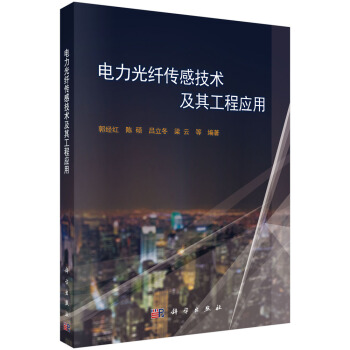



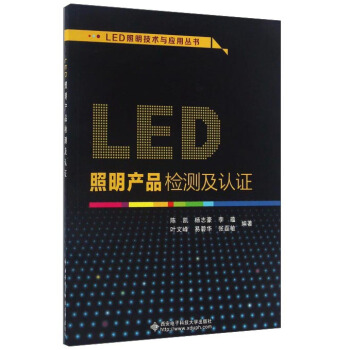
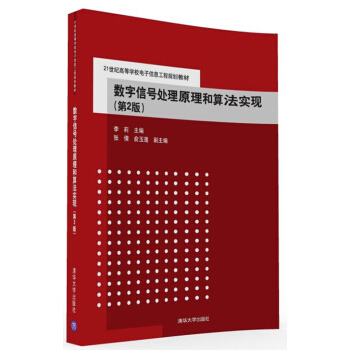
![宽带无线通信 [Broadband Wireless Communications] pdf epub mobi 电子书 下载](https://pic.tinynews.org/12007699/582c3810N4fa3518c.jpg)

![基于机抖激光陀螺信号频域特性的SINS动态误差分析与补偿算法研究 [Research on SINS Dynamic Errors and Compensation Algorithms Based on Signal Frequency Domain Characteristics of Dither RLG] pdf epub mobi 电子书 下载](https://pic.tinynews.org/12008168/57c7f801N16d454ff.jpg)
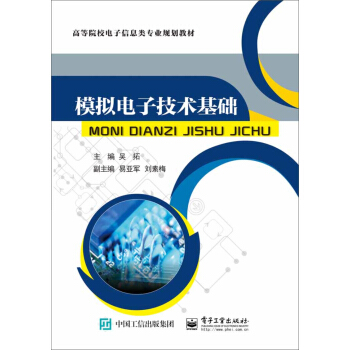
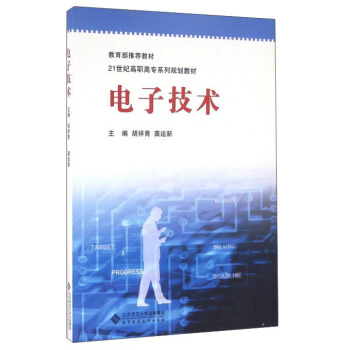
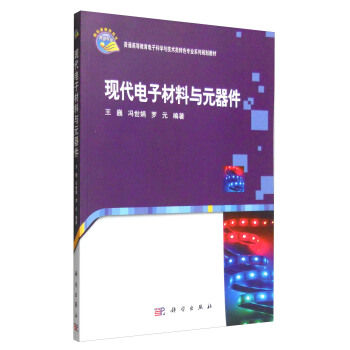

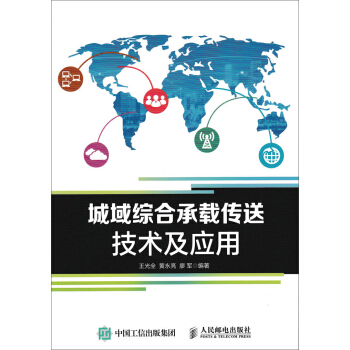

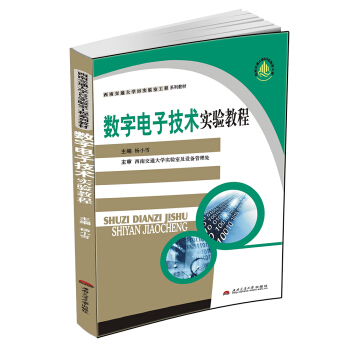
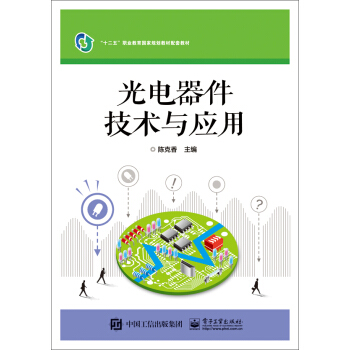
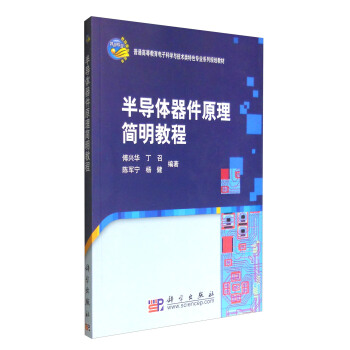
![VHDL及数字电路验证 [VHDL and Digital Circuit Verification] pdf epub mobi 电子书 下载](https://pic.tinynews.org/12011709/583b982dN8b2492b1.jpg)
